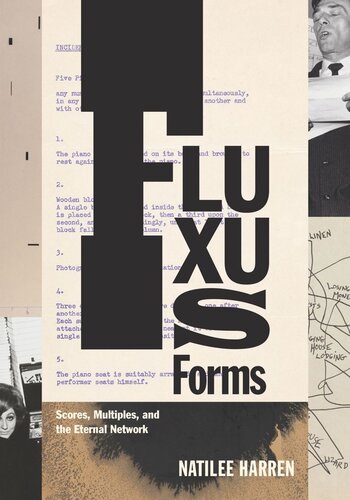

Most ebook files are in PDF format, so you can easily read them using various software such as Foxit Reader or directly on the Google Chrome browser.
Some ebook files are released by publishers in other formats such as .awz, .mobi, .epub, .fb2, etc. You may need to install specific software to read these formats on mobile/PC, such as Calibre.
Please read the tutorial at this link: https://ebookbell.com/faq
We offer FREE conversion to the popular formats you request; however, this may take some time. Therefore, right after payment, please email us, and we will try to provide the service as quickly as possible.
For some exceptional file formats or broken links (if any), please refrain from opening any disputes. Instead, email us first, and we will try to assist within a maximum of 6 hours.
EbookBell Team

5.0
30 reviews“PURGE the world of dead art, imitation, artificial art. . . . Promote living art, anti-art, promote NON ART REALITY to be grasped by all peoples,” writes artist George Maciunas in his Fluxus manifesto of 1963. Reacting against an elitist art world enthralled by modernist aesthetics, Fluxus encouraged playfulness, chance, irreverence, and viewer participation. The diverse collective—including George Brecht, Robert Filliou, Dick Higgins, Alison Knowles, George Maciunas, Yoko Ono, Nam June Paik, Benjamin Patterson, Takako Saito, Mieko Shiomi, Ben Vautier, and Robert Watts—embraced humble objects and everyday gestures as critical means of finding freedom and excitement beyond traditional forms of art-making.
While today the Fluxus collective is recognized for its radical neo-avant-garde works of performance, publishing, and relational art and its experimental, interdisciplinary approach, it was not taken seriously in its own time. With Fluxus Forms, Natilee Harren captures the magnetic energy of Fluxus activities and collaborations that emerged at the intersections of art, music, performance, and literature. The book offers insight into the nature of art in the 1960s as it traces the international development of the collective’s unique intermedia works—including event scores and Fluxbox multiples—that irreversibly expanded the boundaries of contemporary art.